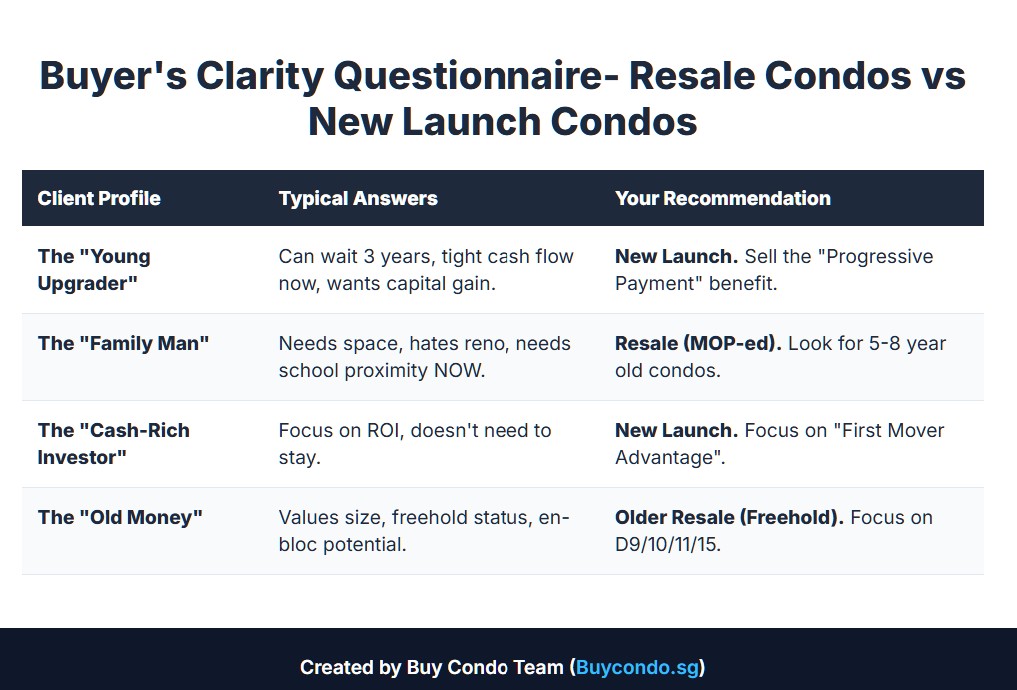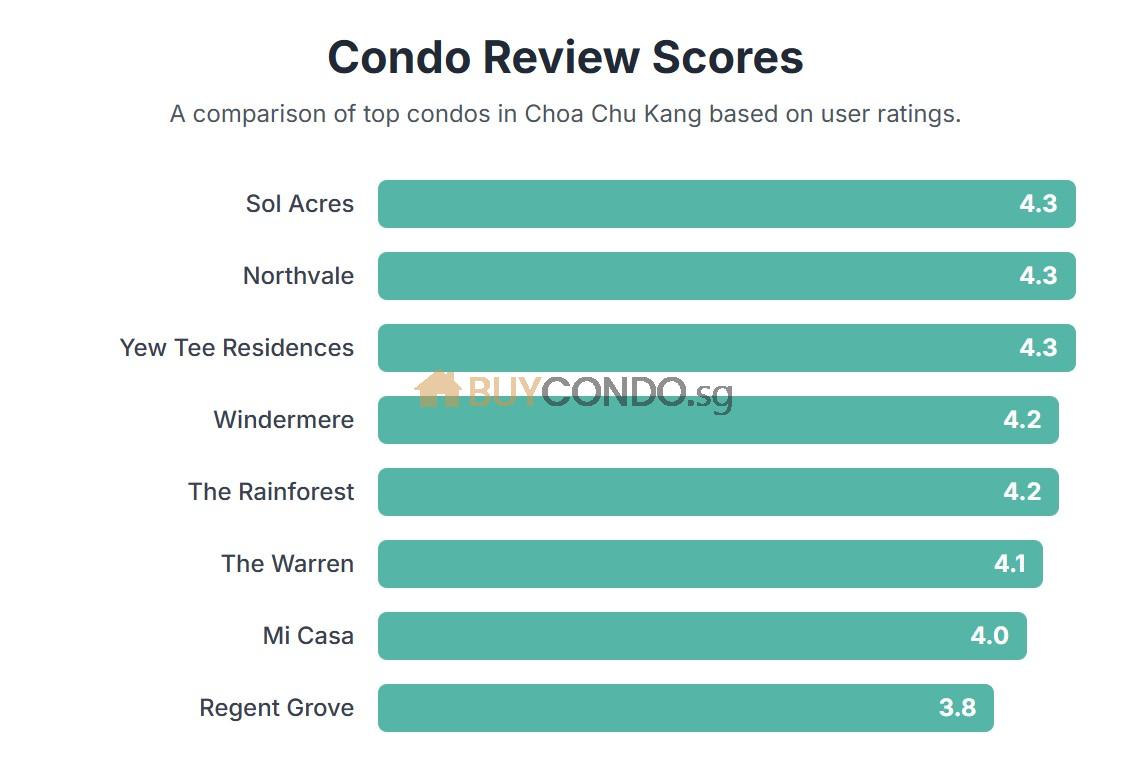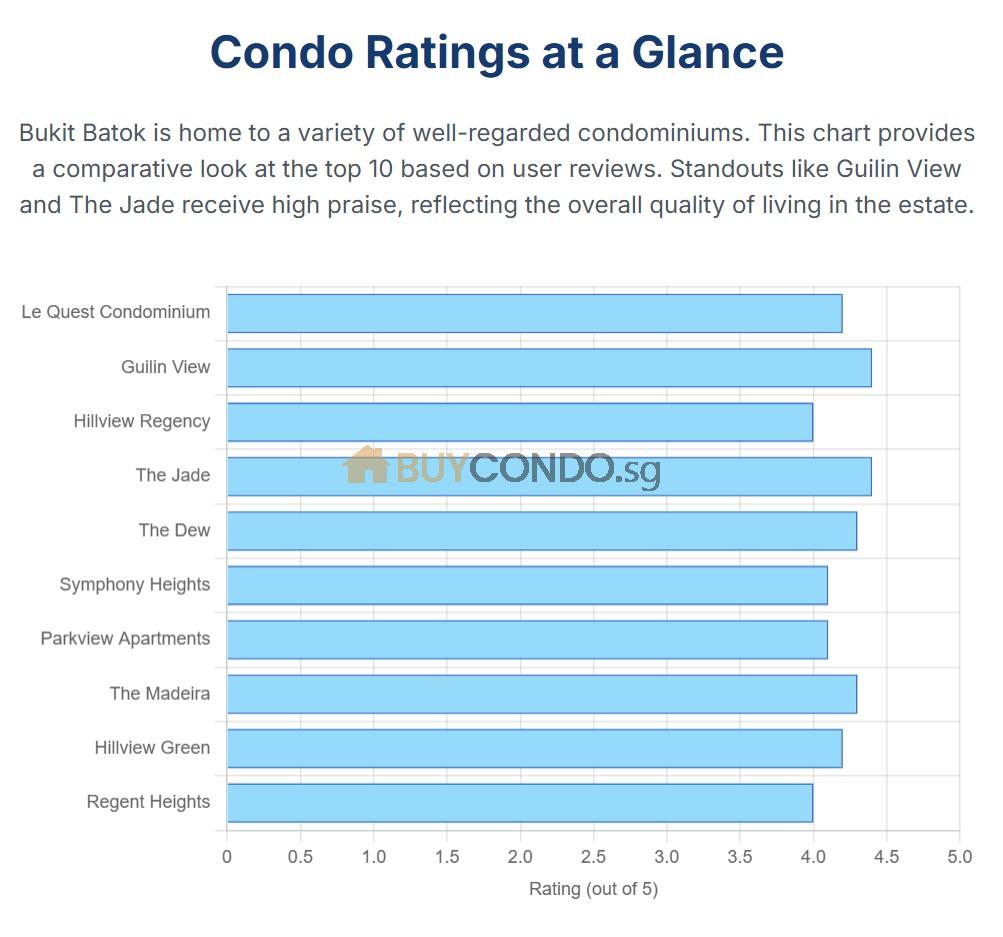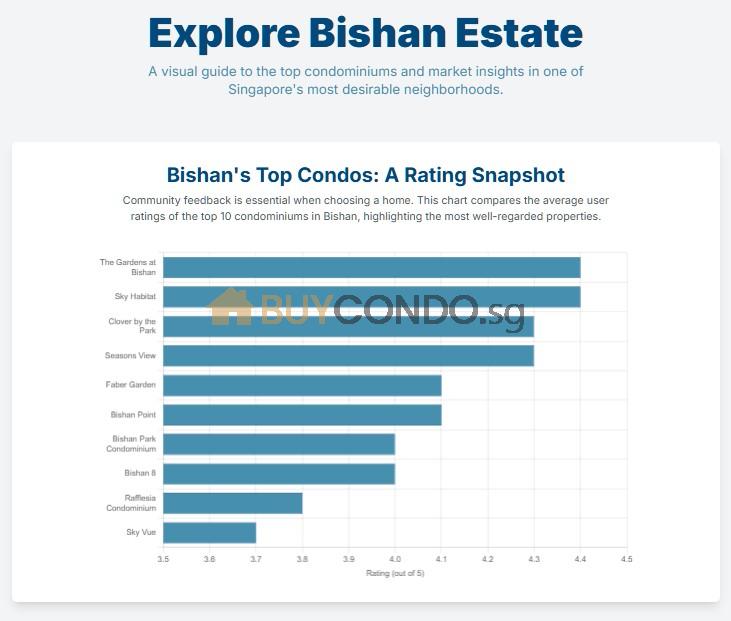Singapore American School in Woodlands
The ‘Reimagine’ Project…Major Renovations?
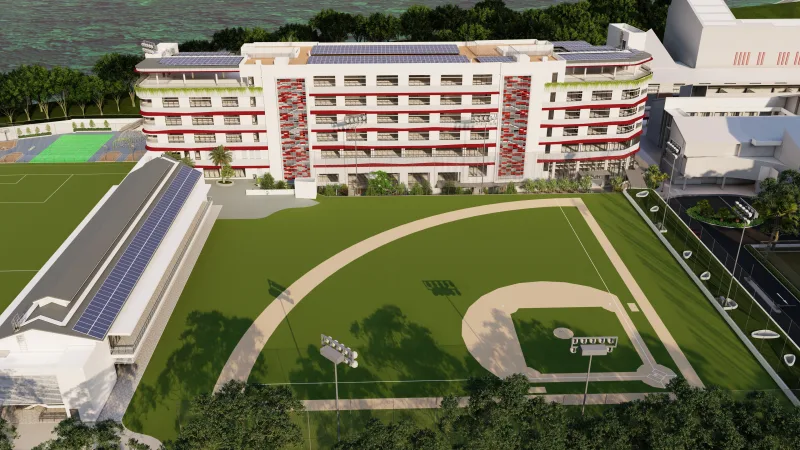
In the vibrant, cosmopolitan city-state of Singapore, a global hub for finance, technology, and culture, the demand for world-class education is paramount. For expatriate and local families alike, choosing a school is one of the most significant decisions they will make. Among the elite tier of international schools, one name consistently stands out for its legacy of excellence, its forward-thinking pedagogy, and its unwavering commitment to student success: the Singapore American School (SAS).
For decades, Singapore American School(SAS) has been more than just an educational institution; it has been a thriving community, a center for innovation, and a second home for thousands of students who have gone on to make their mark on the world. But in a rapidly changing global landscape, resting on laurels is not an option. True to its pioneering spirit, SAS has embarked on one of the most ambitious campus redevelopment projects in its history—the “Reimagine” project.
This blog post will take you on a comprehensive journey through the gates of the Woodlands campus. We will explore the very foundations of the SAS experience, from its rich history to its dynamic curriculum. We will delve into the groundbreaking “Reimagine” renovations that are physically shaping the future of learning. We will uncover the structure of a student’s day through its innovative schedules, and finally, we will provide a clear guide to the enrollment process for those hoping to join this remarkable community.
A Legacy of Excellence: The SAS Story
To understand where SAS is going, one must first appreciate where it has been. Founded in 1956, the school’s origins are deeply rooted in the post-war era. A small group of American families, led by the American Association of Malaya, sought to create a school that could provide a high-quality American-style education for their children. The school opened its doors with just over 100 students in a converted colonial-era mansion on Rochalie Drive.
From these humble beginnings, SAS’s growth mirrored Singapore’s own meteoric rise. As the nation transformed into a magnet for international business, the school expanded to meet the needs of a growing expatriate community. After several moves to accommodate its burgeoning student body, SAS finally found its permanent home in 1996 on a sprawling 36-acre purpose-built campus in the Woodlands neighborhood. This campus, with its state-of-the-art facilities, became a symbol of the school’s stature and ambition.
At the core of this enduring legacy is the school’s mission: “to provide an exemplary American educational experience with an international perspective.” This mission is upheld by a set of deeply ingrained core values: compassion, honesty, fairness, responsibility, and respect. These aren’t just words on a poster; they are the guiding principles that inform classroom instruction, student interactions, and community-wide initiatives. The result is an environment that champions not only academic rigor but also the development of character, integrity, and global citizenship.
SAS is known for producing students who are not just academically proficient but are also critical thinkers, creative problem-solvers, and compassionate leaders. Its alumni network is a testament to its success, with graduates attending the world’s most prestigious universities and excelling in fields ranging from medicine and law to technology and the arts. This history of achievement provides the stable foundation upon which the school is now building its future.
The ‘Reimagine’ Project: Building the Future of Education, Literally
The decision to undertake a campus-wide renovation was not merely about modernization; it was a strategic response to a fundamental shift in educational philosophy. The traditional model of education—with teachers at the front of siloed classrooms filled with rows of desks—is becoming obsolete. Twenty-first-century learning demands collaboration, flexibility, interdisciplinary thinking, and student agency. The “Reimagine” project is the physical manifestation of this new paradigm.
Launched as a multi-year, phased development, the project is a staggering US$400 million investment in the future of its students. The goal is to create learning environments that are as dynamic, adaptable, and inspiring as the education they are meant to house.
The “Why”: From Classrooms to Learning Communities
The driving force behind “Reimagine” is the move away from the “one-size-fits-all” classroom. The new facilities are designed around the concept of “learning communities.” Imagine a large, open, and flexible space shared by a group of classes and teachers. Within this community, you’ll find a variety of settings:
- Direct Instruction Areas: Spaces for traditional teacher-led lessons when needed.
- Collaborative Zones: Areas with movable furniture, whiteboards, and technology to facilitate group work and project-based learning.
- Quiet/Individual Pods: Small, acoustically separated nooks for focused individual study or one-on-one sessions.
- Presentation and Demonstration Spaces: Mini-amphitheaters or open areas where students can share their work with peers.
This design empowers students and teachers. A teacher can deliver a core concept to a larger group, then students can break out into smaller groups to apply that knowledge, with some choosing a collaborative table and others opting for a quiet pod. This fosters autonomy, responsibility, and caters to different learning styles.
The “What”: A Tour of the New Campus
The renovations touch every corner of the school, from the Early Learning Center to the High School.
- Elementary School: The new elementary school was one of the first phases to be completed. It features interconnected learning communities for each grade level, with natural light flooding the spaces. Each community has access to its own maker spaces, robotics labs, and reading nooks. The connection between indoor and outdoor learning is seamless, with classrooms opening up to gardens and play areas, encouraging exploration and inquiry-based learning inspired by the Reggio Emilia philosophy.
- Middle School: The middle school is designed to support the unique developmental needs of early adolescents. It maintains the “house” system, creating smaller, more intimate communities within the larger school to ensure students feel known and supported. The new facilities include advanced science and technology labs, expanded arts studios, and common areas that encourage positive social interaction.
- High School: The new high school is arguably the crown jewel of the project, designed to feel more like a modern university campus than a traditional high school. It features a stunning central atrium known as the “Agora,” which serves as the social and academic heart of the school. Advanced topic and university-level research courses are supported by specialized labs for fabrication (Fab Lab), scientific research, and media production. The new performing arts center boasts a 1,000-seat concert hall, a 500-seat theater, and numerous rehearsal spaces, cementing SAS’s reputation as a powerhouse in the arts.
- Athletics and Wellness: The “Reimagine” project also includes a massive upgrade to athletic facilities. This includes two indoor gymnasiums, three swimming pools (including a 50-meter Olympic-sized pool), covered tennis courts, a new fitness center, and renovated playing fields. This investment underscores the school’s commitment to a holistic education where physical wellness is integral to academic success.
Sustainability and Innovation
Sustainability is woven into the fabric of the “Reimagine” project. The design maximizes natural light to reduce electricity consumption, incorporates rainwater harvesting systems, and utilizes sustainable building materials. The goal is to achieve LEED Gold certification, a globally recognized standard for green building design. This not only reduces the school’s environmental footprint but also serves as a living lesson for students about environmental stewardship.
The Heart of Learning: The SAS Curriculum
A beautiful campus is meaningless without a curriculum that challenges, engages, and inspires. SAS offers an American-style curriculum that is both rigorous and flexible, designed to prepare students for success in universities and careers across the globe. The curriculum is structured across four distinct divisions.
Early Learning Center (ELC)
For the youngest learners (Preschool and Pre-K), SAS follows an inquiry-based, play-based approach heavily inspired by the Reggio Emilia philosophy. The environment itself is considered the “third teacher.” The focus is on nurturing curiosity, developing social-emotional skills, and building foundational literacy and numeracy through hands-on exploration. Children engage in long-term projects driven by their own questions, learning to collaborate, problem-solve, and express themselves through a “hundred languages” (e.g., drawing, sculpting, music, drama).
Elementary School (Grades K-5)
In Elementary School, the focus shifts to building strong foundational skills in core academic areas: literacy (using the Readers and Writers Workshop model), mathematics (using programs like Math in Focus), science, and social studies. This is balanced with a rich program of specialist classes, including art, music, physical education (PE), and world languages (Mandarin or Spanish). The curriculum is concept-based, encouraging students to make connections across disciplines and understand the “big ideas” behind the facts they are learning. Character education is explicitly taught and integrated into daily life.
Middle School (Grades 6-8)
Middle school is a critical period of transition. The SAS curriculum is designed to provide both structure and growing independence. Students delve deeper into core subjects while having their first significant opportunity to choose electives based on their interests, from band and orchestra to coding and robotics. The schedule is designed to create a supportive environment. The “Trimester” system allows students to take a wider variety of exploratory courses. The advisory program ensures every student has an adult advocate who monitors their academic and social-emotional well-being.
High School (Grades 9-12)
The SAS High School offers a pathway to the American High School Diploma that is renowned for its breadth, depth, and quality. Students must earn a minimum number of credits across various disciplines, including English, mathematics, science, social studies, world languages, fine arts, and PE.
The defining feature of the high school curriculum is its unparalleled array of advanced courses. SAS offers over 25 Advanced Placement (AP) courses. These are college-level courses designed by the US College Board, and high scores on AP exams can earn students college credit and placement at universities worldwide. The range is staggering, from AP Physics C and Multivariable Calculus to AP Art History and AP Comparative Government and Politics.
Beyond standard APs, SAS offers two highly distinguished programs:
- The AP Capstone Diploma™ Program: This prestigious program involves a two-course sequence: AP Seminar and AP Research. In AP Seminar, students learn to analyze complex issues from multiple perspectives and synthesize information from diverse sources. In AP Research, they design, plan, and conduct a year-long, university-level research project on a topic of their choosing, culminating in a 5,000-word academic paper and a formal presentation and defense. This program develops skills in critical thinking, argumentation, and research that are invaluable for university success.
- Advanced Topic (AT) Courses: For subjects where the AP curriculum may be too restrictive, SAS has developed its own “Advanced Topic” courses. These are designed and taught by SAS faculty, often in collaboration with university professors, and rival or exceed the difficulty of AP courses. Examples include AT Software Engineering, AT Linear Algebra, and AT Molecular Biology. This allows the school to offer cutting-edge curriculum that responds directly to student interest and faculty expertise.
The Catalyst Project is another innovative high school option, allowing students to step outside the traditional curriculum for a semester or a year to pursue a passion-driven, interdisciplinary project with the guidance of a faculty mentor. This embodies the school’s commitment to personalized learning and student agency.
Finally, the college counseling at SAS is second to none. A large, dedicated team of counselors works with students and families starting in Grade 9, guiding them through the complex process of university research, application, and selection. Their expertise in navigating admissions systems in the US, UK, Canada, Australia, and beyond is a primary reason why SAS graduates gain admission to an incredible array of top-tier universities.
A Day in the Life: Schedules and School Culture : Singapore American School in Woodlands
The structure of the school day is thoughtfully designed to maximize learning and minimize stress. While the Elementary School follows a more traditional daily schedule, the Middle and High Schools utilize a rotating block schedule.
Instead of having 7-8 short classes every day, students have four longer class blocks (around 80 minutes each) on a given day. The schedule rotates over two days (an “A” day and a “B” day), so they see each of their eight classes every other day. The benefits of this system are numerous:
- Deeper Learning: Longer blocks allow for more in-depth activities, such as science labs, project-based work, and extended class discussions, without being rushed by the bell.
- Reduced Homework Load: Students only have to prepare for four classes each night instead of eight.
- Stronger Student-Teacher Relationships: Longer, more focused time in class helps build rapport.
- Better Pacing: The day feels less frantic and fragmented for both students and teachers.
Embedded within the high school schedule is a Flex Period. This is unstructured time where students are empowered to make choices about how to spend their time. They can meet with teachers for extra help, collaborate with peers on projects, attend club meetings, work quietly in the library, or simply take a break. This period is crucial for developing time management skills, responsibility, and independence—all essential for the transition to university.
The culture at SAS is vibrant and multifaceted. The “Eagle” is the school mascot, and “Eagle Pride” is palpable at sporting events, arts performances, and academic competitions. SAS is a founding member of the Interscholastic Association of Southeast Asian Schools (IASAS), a conference of six elite international schools in the region. IASAS competitions for sports, arts (drama, debate, forensics, music), and even math are the highlights of the school year, fostering both intense rivalry and deep camaraderie.
Beyond IASAS, there are hundreds of clubs and service organizations. From Model United Nations (MUN) and the Global Issues Network to robotics clubs and literary magazines, there is a niche for every passion. Service learning is also deeply integrated, with students required to engage in service activities, fostering a sense of social responsibility and connection to the host country of Singapore and the wider world.
Joining the Eagle’s Nest: Enrollment and Admissions
Gaining admission to Singapore American School is a competitive process, reflecting the high demand for the quality of education it provides. The school seeks students who are likely to thrive within its academically challenging and dynamic community.
The Application Process: A Step-by-Step Guide
- Inquiry and Exploration: The process typically begins on the school’s website, where prospective families can find a wealth of information. The admissions office is responsive to inquiries and often offers virtual or in-person campus tours.
- Online Application: Families must complete a detailed online application form and pay an application fee.
- Submission of Documents: This is a critical step. The required documents generally include:
- Official school transcripts/report cards for the past 2-3 years.
- Confidential teacher recommendation forms.
- Standardized test scores (e.g., MAP, SSAT, PSAT), if available.
- A copy of the student’s passport and, for non-citizens, proof of residency status in Singapore (e.g., Dependant’s Pass).
- Any relevant specialist reports (e.g., for educational psychology or speech therapy).
- Admissions Assessment: Depending on the grade level and the information available in the application, the school may require an admissions assessment. This is not solely an academic test but is used to gauge a student’s English language proficiency, academic readiness, and general learning profile.
- Admissions Decision: The admissions committee reviews the complete application portfolio. Decisions are based on a holistic review of the student’s academic record, teacher recommendations, English proficiency, and potential to contribute positively to the SAS community.
Key Considerations for Applicants
- English Language Proficiency: As SAS is an English-medium school, all students must demonstrate a level of proficiency sufficient to access the curriculum. The school has a limited English as an Additional Language (EAL) program, but spaces are prioritized and most students are expected to be fluent.
- Priority System: SAS has a clear admissions priority system. In general, priority is given first to US citizens, followed by children of corporate sponsors, those with siblings already at the school, and then other foreign nationals and Singaporean citizens.
- Wait Pool: Due to high demand, many qualified applicants are placed in a “wait pool” rather than being immediately accepted, especially for grades that are at full capacity. Placement in the wait pool does not guarantee admission.
- Timing is Everything: Families are strongly encouraged to apply as early as possible, often a full year before their desired start date. Admissions for a new school year typically open in September of the preceding year.
Planning Your Move: A Guide to Singapore American School’s Enrollment Timeline
Corner Terrace in Century Woods: Perfect for Families Near Singapore American School
For families planning a move to Singapore with the goal of enrolling their children at the highly sought-after Singapore American School (SAS), timing is a critical component of a successful transition. Understanding the school’s academic calendar and admissions cycle is key to aligning your relocation with the start of school.
Here is a comprehensive guide for families to plan their settlement and their children’s school start for various class levels at SAS.
The Main Enrollment Window: Targeting an August Start
The primary intake for Singapore American School corresponds with the beginning of its academic year in early August. This is the ideal time for students to join, as it aligns with the start of the curriculum, orientation activities, and the period when most new students are welcomed into the community.
Key Dates for the 2025-2026 School Year:
- New Student Orientation (Middle & High School): Typically the first week of August 2025.
- First Day of School for All Students: Shortly after the orientation, in the first to second week of August 2025.
- End of First Semester: Mid-December 2025.
- Start of Second Semester: Mid-January 2026.
- Last Day of School: Early June 2026.
Recommended Timeline for an August 2026 Start:
| Timeframe | Action for Your Family |
| September 2025 – January 2026 | Begin Your Application. This is the most crucial period. Applications are accepted year-round, but applying early is highly recommended. Your application is valid for two years. |
| March 2026 | Offers of Admission Begin. SAS starts sending out offers for the August intake in March. This is after the March 1st re-enrollment deadline for current students, when the school has a clear picture of available spaces. |
| April – June 2026 | Finalize Your Move. Once you have an offer, you can confidently arrange for housing, shipping, and visas. Settle school fee payments to secure the spot. |
| Late July 2026 | Arrive and Settle in Singapore. Plan to arrive at least one to two weeks before the school start date. This allows your family to acclimate to the new time zone and environment, and for your children to attend new student orientations. |
| Early August 2026 | School Begins. |
Enrollment by School Division: Key Differences
While the application process is centralized, there are important distinctions regarding the start dates for different grade levels.
Preschool, Elementary School, and Middle School (Preschool to Grade 8)
- Flexible Enrollment: For these grade levels, SAS offers rolling admissions throughout the year. This means that if a space becomes available mid-semester, the school may offer it to a student on the waitlist.
- Best Time to Start: While a mid-year start is possible, beginning in August is strongly recommended for a smoother social and academic transition. Starting in January at the beginning of the second semester is the next best option.
High School (Grades 9 to 12)
- Strict Semester Start Dates: This is the most critical rule for high school families to understand. Due to the credit-based system and the sequential nature of high school courses, students must start at the beginning of a semester.
- Two Entry Points: The only times a high school student can begin at SAS are:
- Early August (Start of the first semester)
- Mid-January (Start of the second semester)
- No Mid-Semester Entry: A student cannot, for example, start in October or March. This makes planning your family’s move essential to align with either the August or January start date.
The Second Enrollment Window: A Mid-Year Start in January
For families who cannot make an August start, enrolling for the second semester is an excellent option.
Recommended Timeline for a January 2027 Start:
| Timeframe | Action for Your Family |
| August – September 2026 | Ensure Your Application is Complete. This is the ideal time to apply or update your existing application for a January start. |
| October 2026 | Offers of Admission Begin. The admissions office starts offering spots for the second semester in October. |
| November – December 2026 | Finalize Your Move. Arrange for housing and other logistics. Settle school fees to secure the spot. |
| Early January 2027 | Arrive and Settle in Singapore. Aim to arrive before the school reopens after the winter break. |
| Mid-January 2027 | Second Semester Begins. |
Summary for Planning Your Move
- Apply Early, Regardless of Your Move Date: Due to high demand and potential waitlists, the single most important step is to complete your application as early as possible. An application remains active for two years.1
- Aim for an August Start: This is the best-case scenario for all grade levels, allowing your child to integrate with the entire cohort of new students and start the academic year fresh. Plan your move for late July.
- High School Families Have Firm Deadlines: If your child is in Grades 9-12, your entire relocation plan must revolve around being ready to start school in either August or January.
- Younger Grades Have More Flexibility: If you have children only in Preschool to Grade 8, you have more flexibility. While an August or January start is ideal, a mid-year enrollment is possible if a space opens up. It is still wise to plan your arrival around the start of a school term if possible.
Conclusion: A Synthesis of Tradition and Innovation
Singapore American School stands as a colossus in the landscape of international education. It is an institution that honors its seventy-year legacy of academic excellence while courageously forging a path toward the future. It is a place where a rigorous, university-preparatory American curriculum is infused with a genuine international perspective, preparing students not just for college, but for life in a globally interconnected world.
The “Reimagine” project is more than a construction project; it is the school’s philosophy rendered in glass, steel, and open space. It is a testament to the belief that physical environments can unlock human potential, fostering the collaboration, creativity, and agency our children will need to solve the complex challenges of tomorrow. From the innovative block schedule that allows for deep learning, to the world-class curriculum that offers unparalleled choice and depth, every element of the SAS experience is intentionally designed to cultivate exemplary thinkers, leaders, and citizens.
For families considering a move to Singapore or seeking the best possible education for their children, Singapore American School offers a compelling proposition: a vibrant, supportive community, a commitment to holistic development, and a learning environment that is, quite literally, being reimagined for the future. It is a school that doesn’t just ask students what they want to be when they grow up, but empowers them with the skills, knowledge, and character to become the architects of their own extraordinary futures.
Location:
Singapore American School, 40 Woodlands Street 41, Singapore 738547







